Once upon a time, India was known as the golden bird’s paradise, which when translated meant that the world’s finest treasures and fineries called India their home. Back then princely states held most of the riches and landmass in India which gave “game hunting” a ripe pathway to flourish unhindered. Now, the same private hunting grounds have been transformed into national parks that attract tourists from all over the globe. While India is primarily known for its regal architectural wonders, the Indian wildlife is much more obscure and raw, pretty much unexplored despite conscious efforts by the Indian Government to promote conservation and tourism. There are huge chances that on your India tour and if your itinerary allows, you might be able to witness the Indian flora and fauna in their full glory at several such national parks.
Let’s get you started on a concise list of top 10 private hunting grounds turned into a national park in India.
1. Ranthambore National Park, Rajasthan
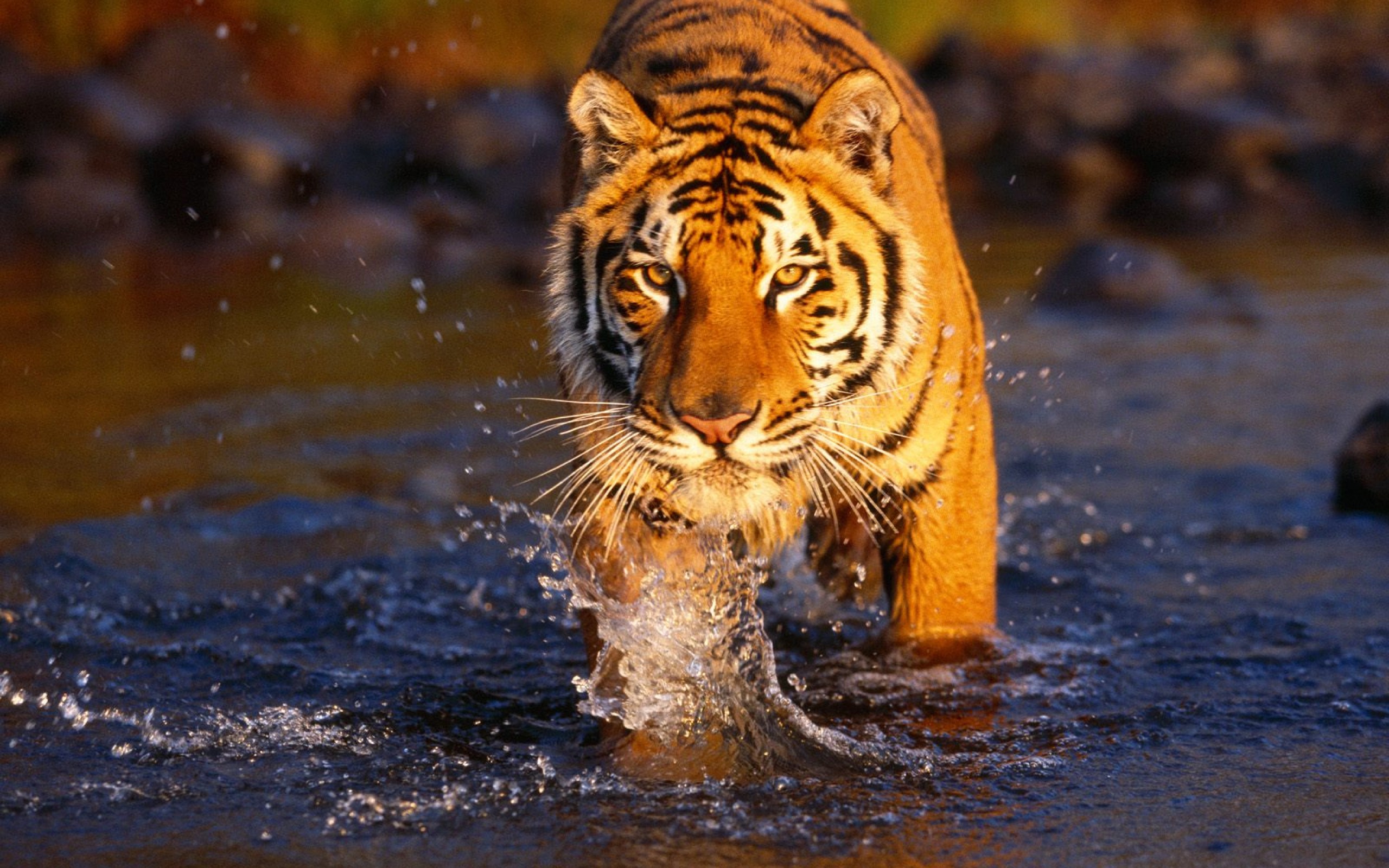
History: A Royal Hunting Retreat with a Bloody Past
Ranthambore’s past is deeply intertwined with the royal lineage of Jaipur. For centuries, the rugged forests of this region served as exclusive hunting grounds for the maharajas. Elaborate hunting expeditions were organized, where kings and British officers would ride on elephants or use baited enclosures to lure tigers. Photographs from the early 1900s show rows of lifeless tigers displayed as trophies—a testament to the indiscriminate killing.
However, as tiger populations began to dwindle, conservation efforts took precedence. By 1955, the government declared Ranthambore a sanctuary, and in 1980, it was designated as a national park. Today, it stands as one of the most successful tiger conservation areas in India.
Flora and Fauna: A Photogenic Tiger Paradise
Spread over 1,334 square kilometers, Ranthambore is known for its dry deciduous forests, dotted with ancient ruins, lakes, and rocky cliffs. The park has a thriving population of Bengal tigers, alongside leopards, marsh crocodiles, nilgai, sambar deer, and over 270 bird species.
Current Status: Balancing Tourism and Conservation
Ranthambore is one of India’s most visited wildlife parks. Its biggest challenge remains the rising human presence, as tourism and local settlements encroach on tiger territory.
2. Jim Corbett National Park, Uttrakhand
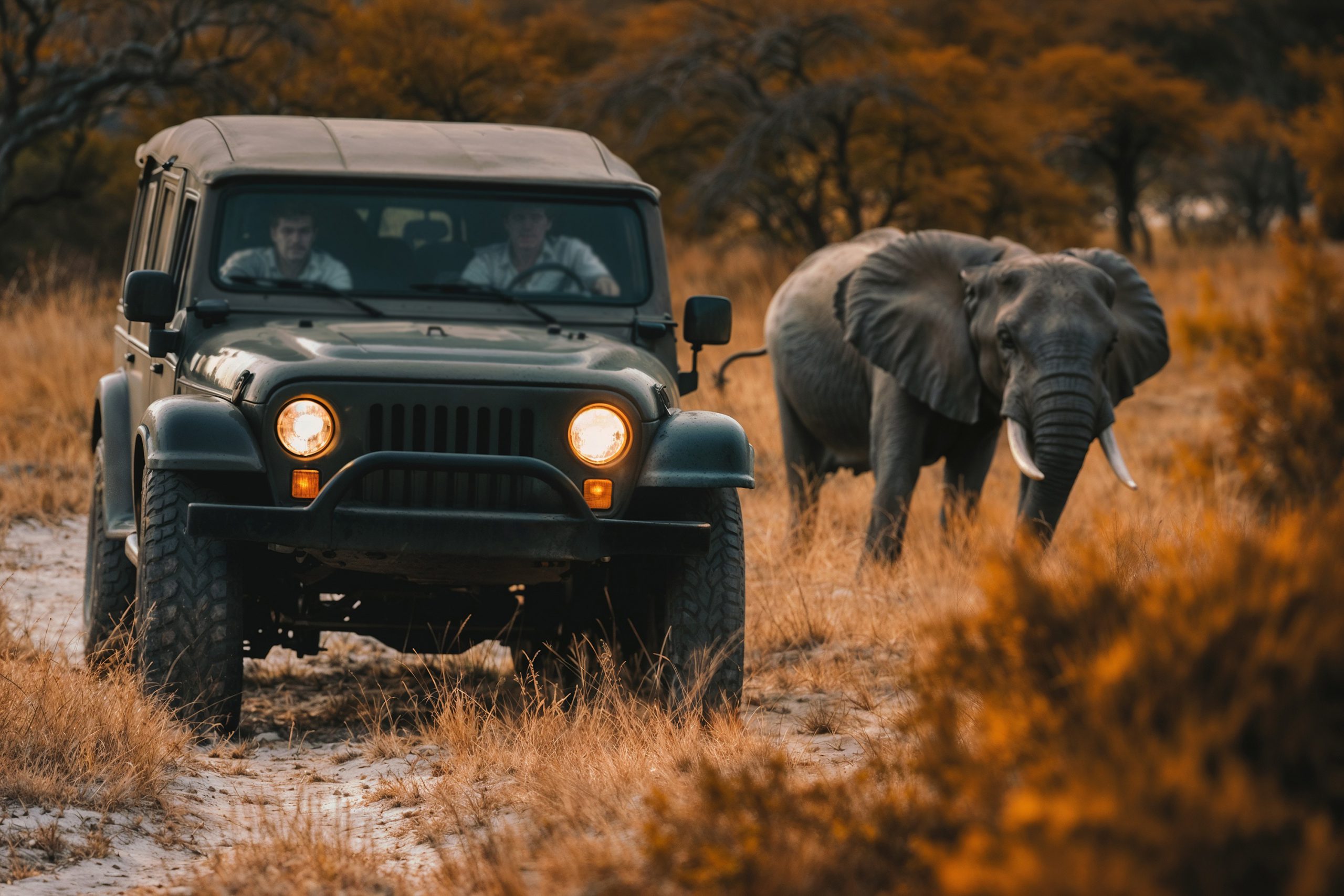
History: From Tiger Hunts to Conservation Leadership
Established in 1936 as Hailey National Park, Jim Corbett National Park is the oldest in India. Before it became a sanctuary, the region was a prime hunting ground for British officials and Indian nobility. Tigers and leopards were the primary targets, and hunting expeditions were considered symbols of power and prestige.
The turning point came when Edward James Corbett, a renowned hunter who later turned into a conservationist, documented the rapid decline of tigers in the region. His efforts, along with growing environmental consciousness, led to the park’s establishment. Later, in 1973, Jim Corbett was chosen as the launch site for Project Tiger, a government initiative aimed at protecting the country’s dwindling tiger population.
Flora and Fauna: A Tiger Haven
Spanning 1,318 square kilometers, the park is characterized by dense sal forests, expansive grasslands, and riverine belts. It is home to a significant population of Bengal tigers, along with elephants, leopards, otters, gharials, and over 600 species of birds.
Current Status: India’s Most Popular Wildlife Destination
Today, Jim Corbett remains a flagship tiger reserve, attracting thousands of wildlife enthusiasts annually. Conservation challenges include human-wildlife conflict, as villages near the park face frequent encounters with leopards and elephants.
3. Gir National Park, Gujarat
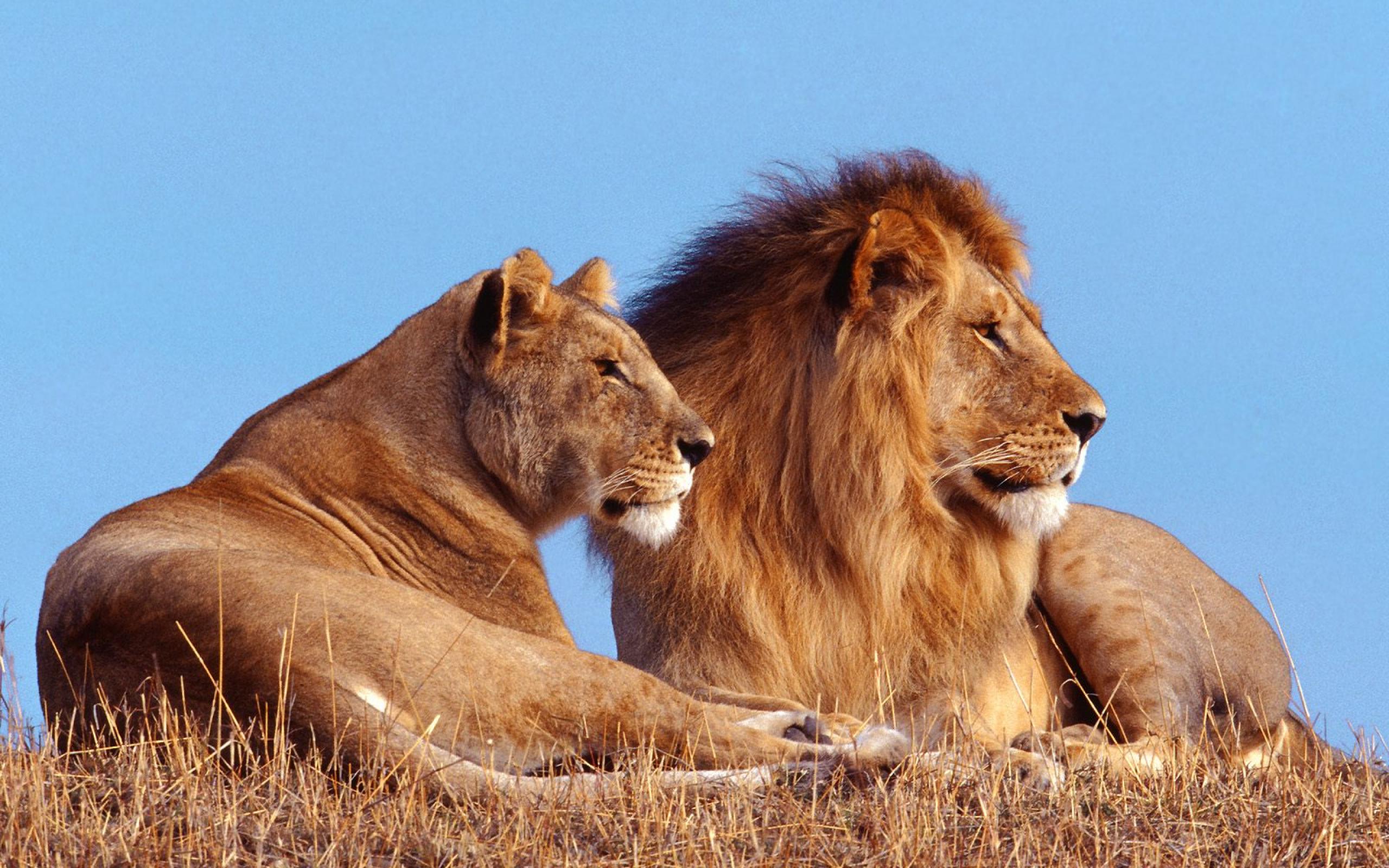
History: The Last Stronghold of Asiatic Lions
Unlike other parks that primarily protected tigers, Gir’s history revolves around the Asiatic lion. For centuries, the region was the favored hunting ground of the Nawabs of Junagadh, who, along with British officers, hunted lions extensively. By the early 1900s, there were fewer than 50 Asiatic lions left in the wild. Alarmed by their near-extinction, the Nawab took drastic measures, banning lion hunting and setting aside Gir’s forests as a protected sanctuary.
Flora and Fauna: A Unique Dry Deciduous Habitat
Covering 1,412 square kilometers, Gir consists of dry deciduous forests, scrublands, and grasslands. It is the only place in the world where Asiatic lions exist in the wild. Other species include leopards, hyenas, jackals, and an estimated 2,375 species of fauna.
Current Status: A Conservation Success Story
With rigorous protection, the Asiatic lion population has grown to over 600 individuals. However, concerns remain about genetic diversity and habitat loss due to human activities.
4. Bandhavgarh National Park, Madhya Pradesh
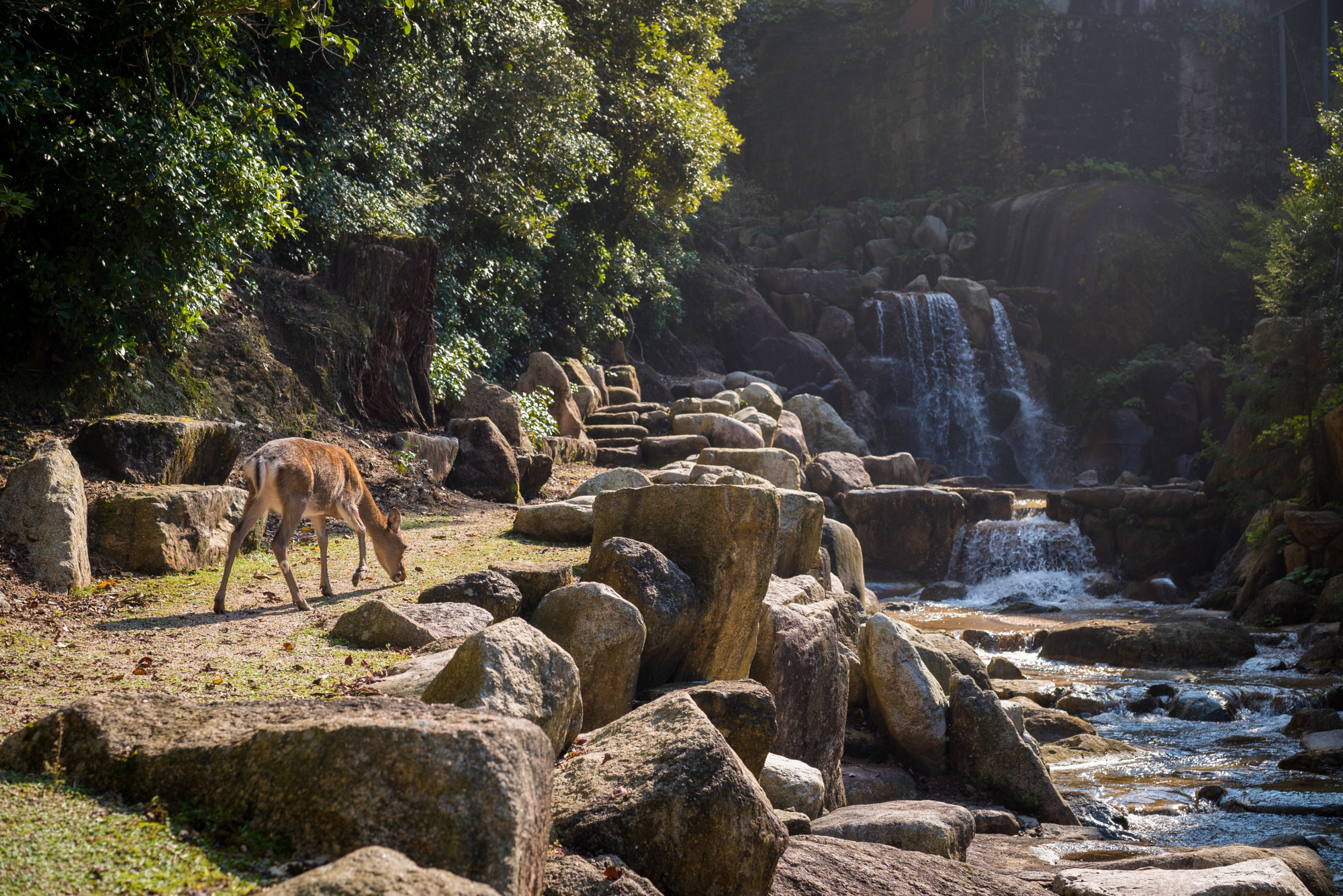
History: The Royalty of Rewa and the Last White Tiger
Bandhavgarh’s dense forests were once the private hunting grounds of the Maharajas of Rewa. It was here, in 1951, that the last recorded white tiger in the wild was captured, later named Mohan and used for breeding in captivity. Tiger hunting was a prestigious affair, with maharajas often displaying mounted tiger heads in their palaces.
As conservation awareness grew, Bandhavgarh was declared a national park in 1968 and included in Project Tiger in 1993.
Flora and Fauna: The Highest Density of Tigers in India
Bandhavgarh spans 1,536 square kilometers and boasts a high tiger density. The park’s diverse landscape includes rocky hills, meadows, and forests, home to leopards, sloth bears, and over 250 bird species.
Current Status: A Photographer’s Dream Destination
With its high tiger sighting rate, Bandhavgarh has become a hotspot for wildlife photographers. However, issues like habitat fragmentation and poaching remain concerns.
5. Manas National Park, Assam
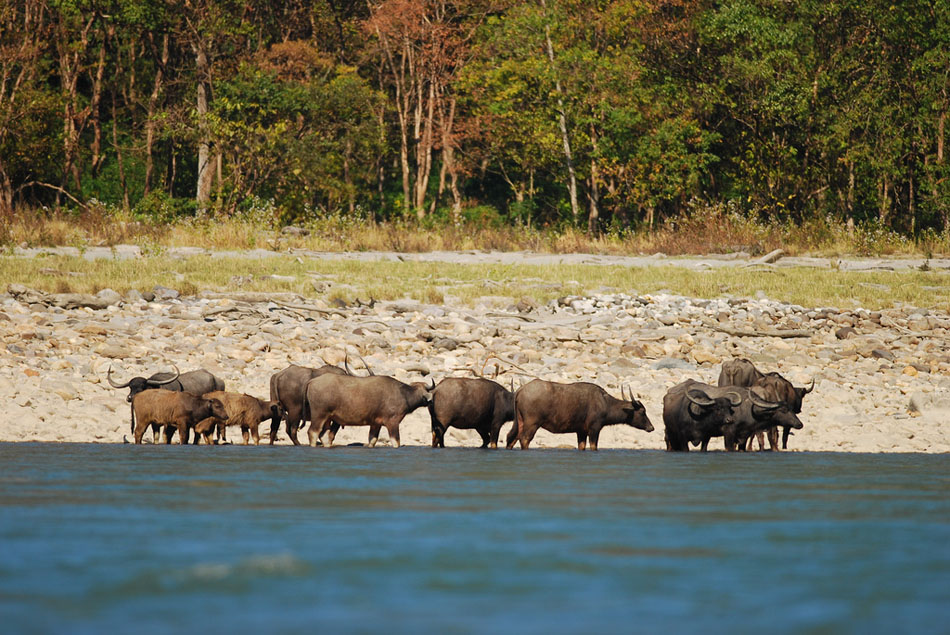
History: The Hunting Ground of the Cooch Behar Royals
Manas, now a UNESCO World Heritage Site, was once a prized hunting ground for the Maharajas of Cooch Behar and British officials. This area was rich in tigers, rhinos, and wild water buffalo, making it a popular destination for shikar.
By 1928, concerns over declining species led to its designation as a wildlife sanctuary. However, its real conservation breakthrough came in 1985 when UNESCO granted it heritage status, bringing global attention.
Flora and Fauna: The Eastern Biodiversity Treasure
Manas spans 950 square kilometers and is home to rare species like the golden langur, pygmy hog, and one-horned rhinoceros. Its lush forests and riverine grasslands make it one of India’s richest ecosystems.
Current Status: A Conservation Battleground
Manas has faced threats from poaching and ethnic conflicts, yet conservation efforts are steadily reviving its wildlife populations.
6. Kanha National Park, Madhya Pradesh
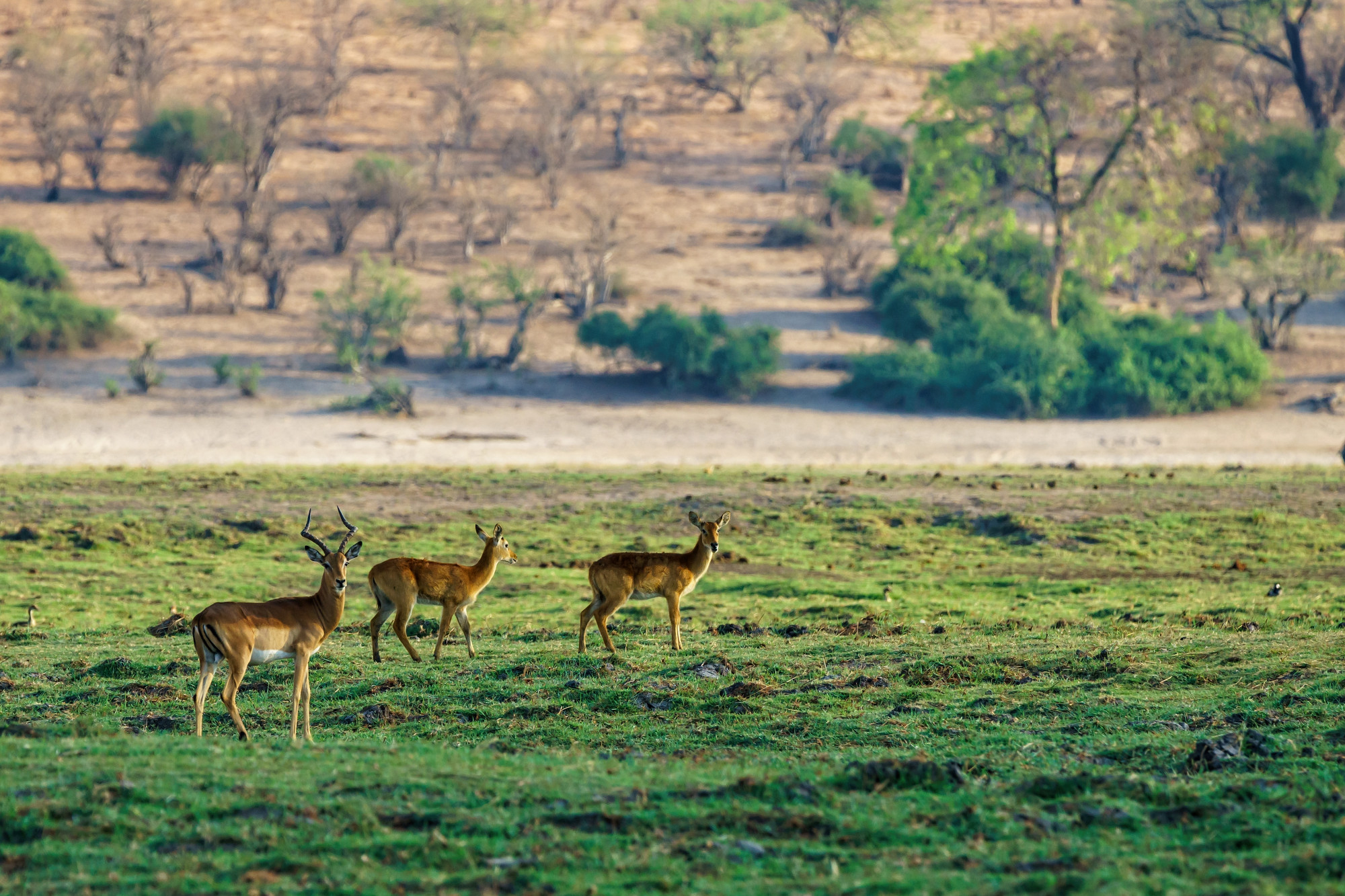
History: From a Maharaja’s Hunting Zone to the Home of Mowgli
Kanha’s forests were once the royal hunting domain of the Gond and Baiga tribes, and later, the British officials and Indian maharajas. The forests were famous for their diverse wildlife, particularly the barasingha (swamp deer) and Bengal tigers, which were extensively hunted.
By the mid-20th century, Kanha faced a crisis—hunting had drastically reduced its tiger and barasingha populations. In 1955, it was declared a national park, and later in 1973, it became a core zone of Project Tiger, playing a crucial role in tiger conservation.
Flora and Fauna: The Inspiration for ‘The Jungle Book’
Kanha spans 940 square kilometers and consists of dense sal forests, vast meadows, and bamboo groves. It is famous for its thriving tiger population and the hard-ground barasingha, which was saved from extinction through intensive conservation.
Current Status: A Conservation Model for India
Kanha is often cited as one of India’s best-managed parks. It has a well-established tourism model, strict anti-poaching measures, and innovative conservation projects.
7. Sariska Tiger Reserve, Rajasthan
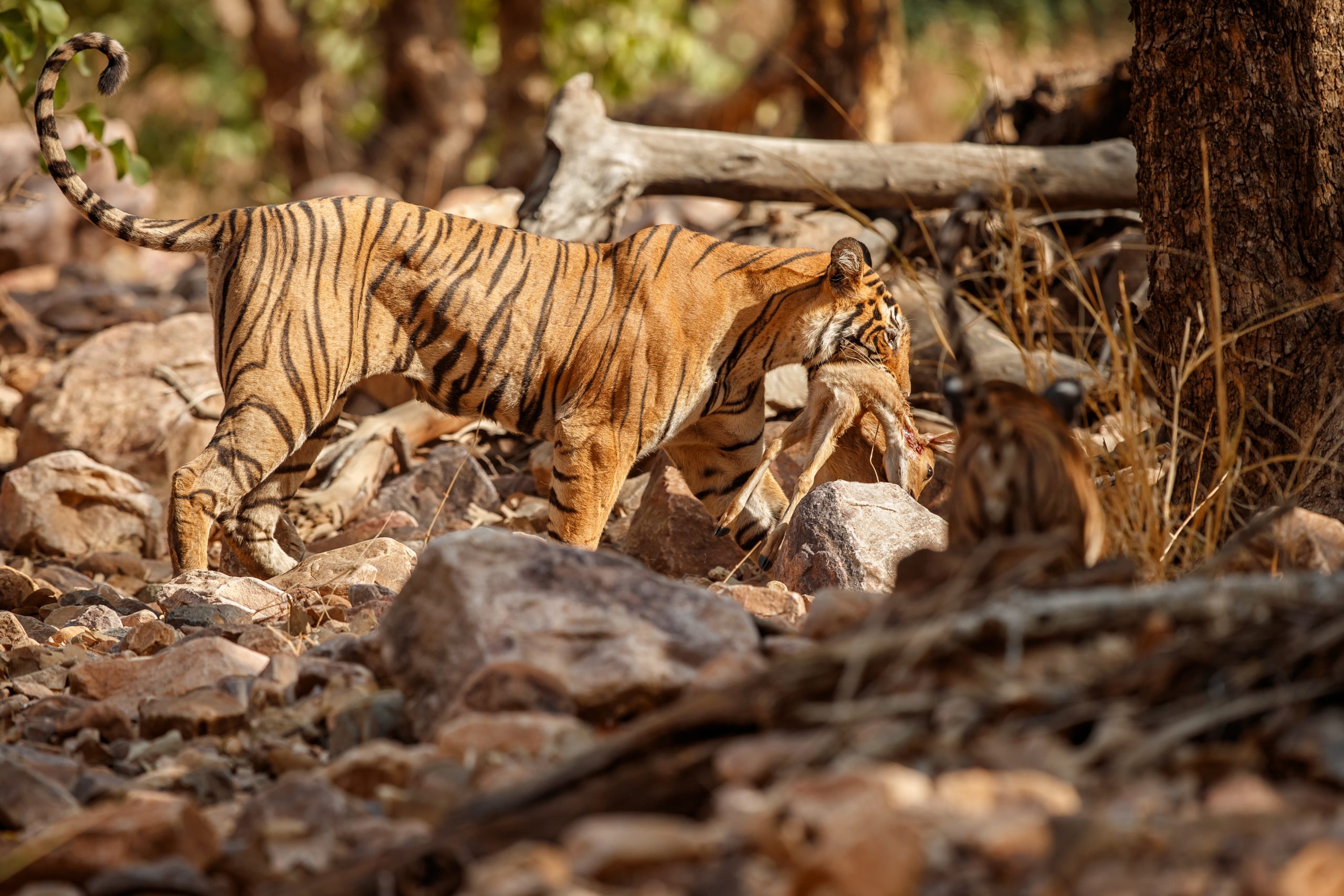
History: The Royal Retreat of the Alwar Kings
Sariska, once a private hunting ground of the Maharajas of Alwar, witnessed rampant tiger hunting. British officers and Indian royalty organized grand hunting parties, often killing multiple tigers in a single expedition.
By 1955, it was declared a wildlife sanctuary, and later in 1978, it became a part of Project Tiger. However, despite this status, illegal poaching led to a shocking revelation in 2004—Sariska had lost all its tigers!
Flora and Fauna: A Unique Arid Habitat
Unlike other national parks, Sariska is a dry deciduous forest with sparse vegetation, rocky cliffs, and grasslands. It is home to leopards, hyenas, jackals, nilgai, and sambar deer.
Current Status: A Landmark Tiger Reintroduction
Sariska became the first national park in India to reintroduce tigers through relocation. Today, it has a growing tiger population, but habitat degradation and human encroachment continue to pose threats.
8. Panna National Park, Madhya Pradesh
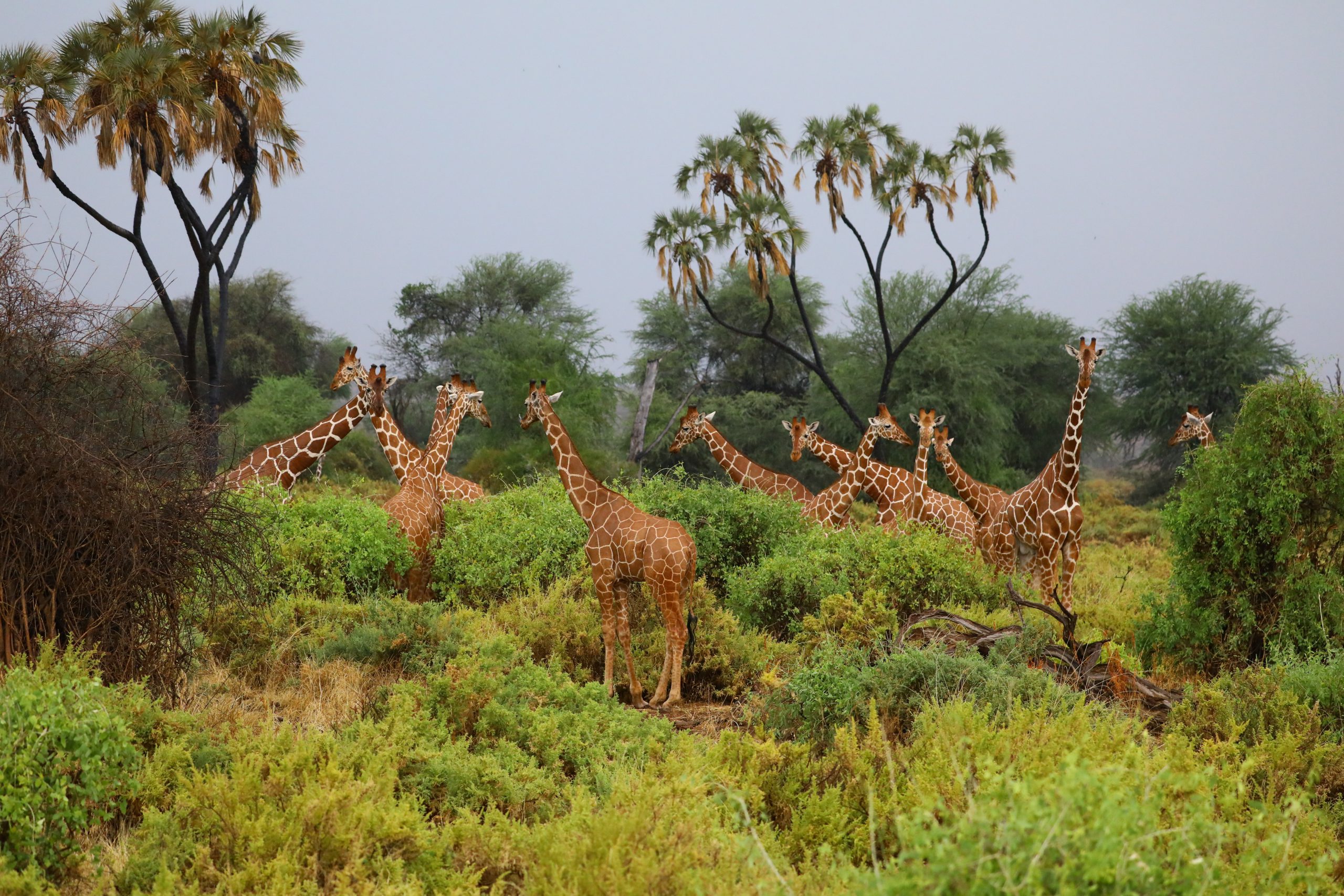
History: The Hunting Paradise of the Bundela Rulers
Panna’s dense forests and winding rivers made it an ideal hunting ground for the Bundela kings and British officers. Tigers, leopards, and ghariyals were frequently hunted.
By 1981, the government converted it into a national park, and by 1994, it became a designated Project Tiger reserve.
Flora and Fauna: A Riverine Tiger Habitat
Panna spans 543 square kilometers and features dry teak forests, plateaus, and deep gorges. It is home to tigers, leopards, sloth bears, and the endangered gharial crocodile.
Current Status: A Resurrected Tiger Reserve
Panna suffered a devastating loss of all its tigers by 2009, due to poaching. However, the park made a dramatic comeback through tiger reintroduction, and today, its tiger population has rebounded.
9. Kaziranga National Park, Assam
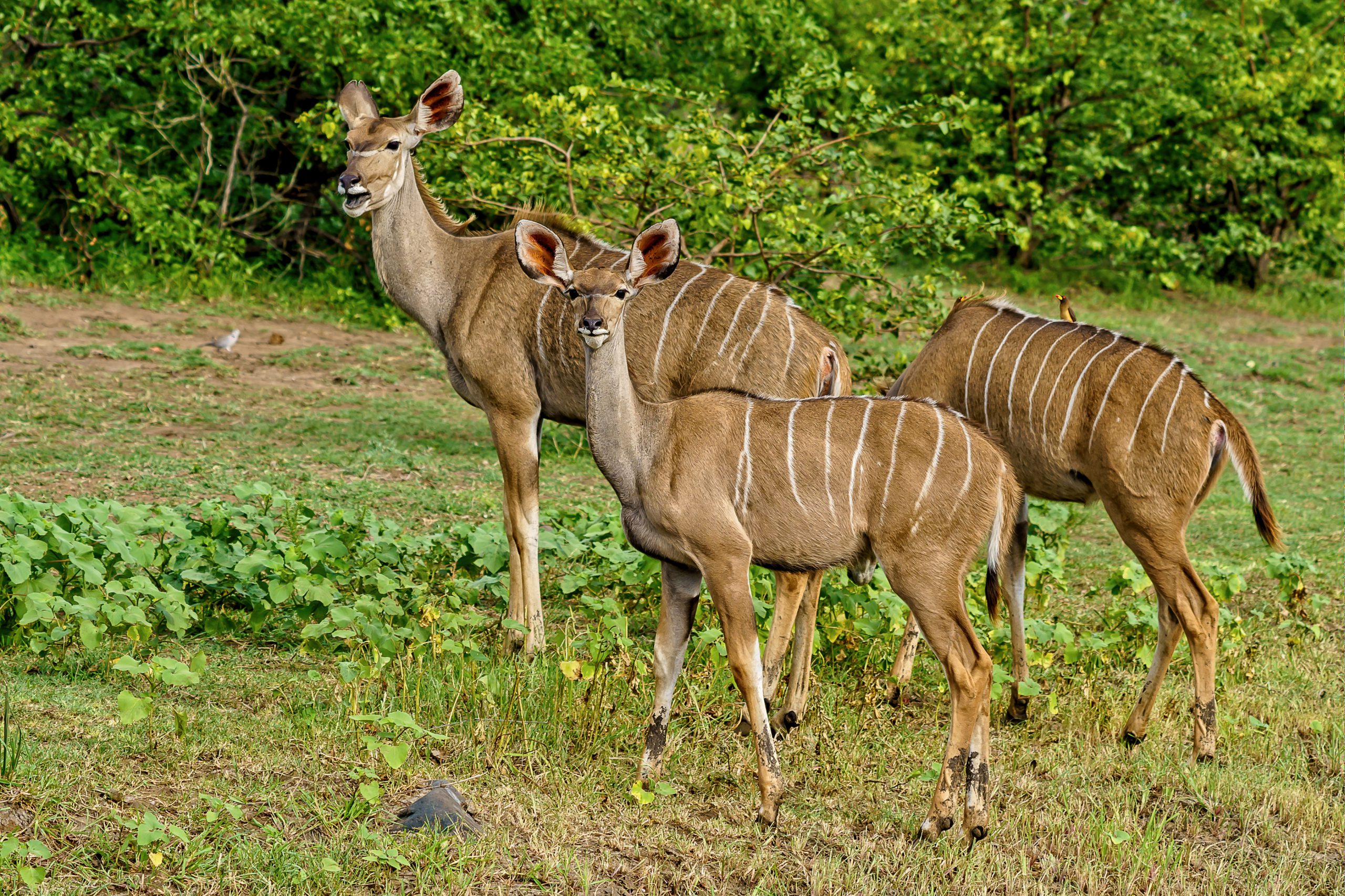
History: A Hunting Ground Turned into a Rhino Refuge
Kaziranga was once a preferred hunting ground for British officers and local rulers. The one-horned rhinoceros, which once roamed freely in large numbers, was hunted to near extinction.
In 1905, Lady Mary Curzon, wife of the then Viceroy of India, took an interest in protecting rhinos after she found none in the area. Her advocacy led to Kaziranga being declared a protected reserve, and by 1974, it became a national park.
Flora and Fauna: The Last Bastion of the Indian Rhino
Covering 1,090 square kilometers, Kaziranga is known for its tall elephant grasslands, swamps, and floodplains. It harbors the world’s largest population of one-horned rhinoceroses, along with tigers, elephants, swamp deer, and wild buffaloes.
Current Status: A UNESCO World Heritage Site
Kaziranga today boasts over 2,600 rhinos, making it a conservation success. However, it faces frequent flooding and poaching threats, which require constant vigilance.
10. Periyar National Park, Kerala
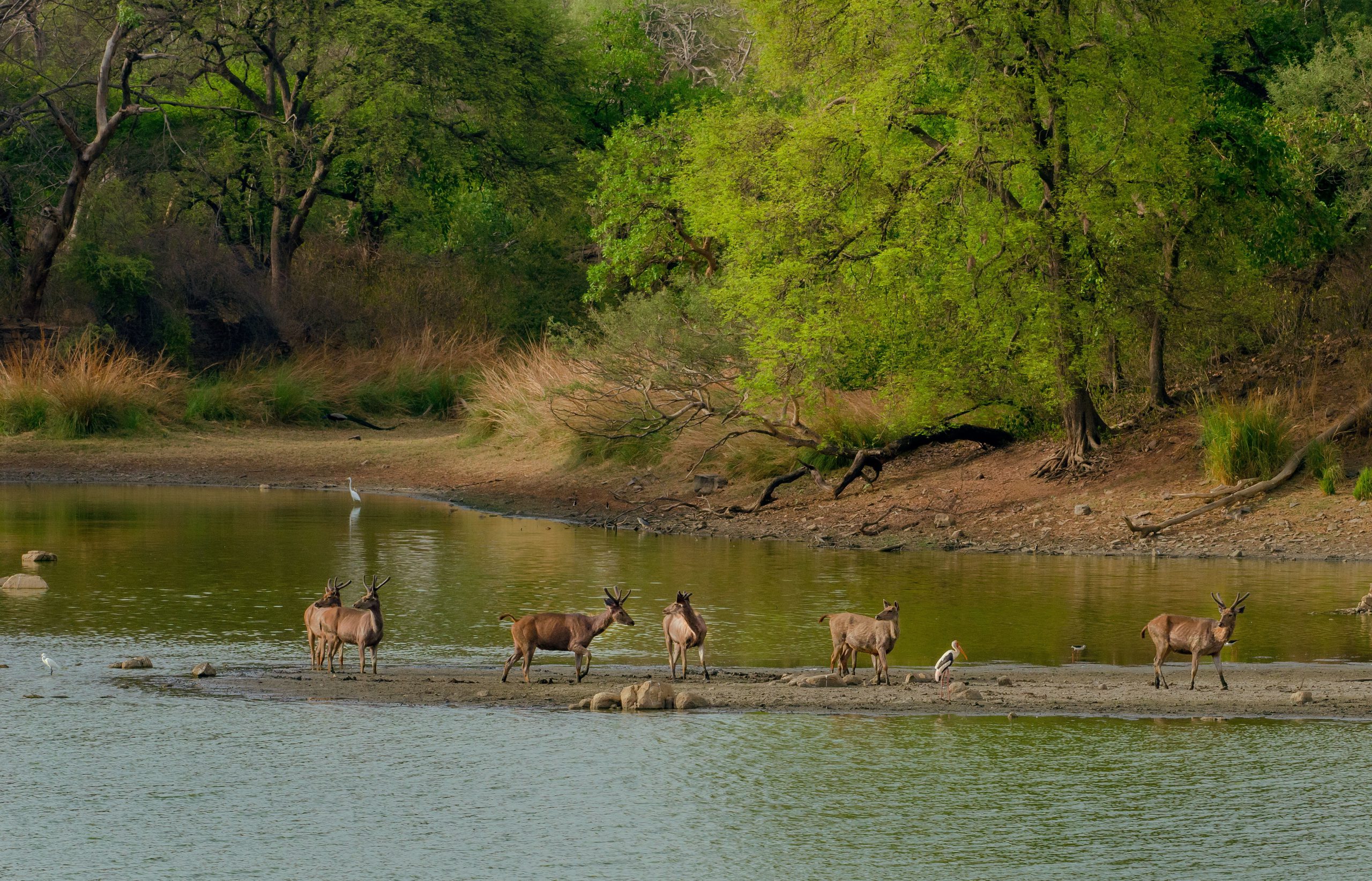
History: A Maharaja’s Hunting Reserve Turned into a Sanctuary
The forests of Periyar were once the exclusive hunting estate of the Travancore kings. Elephants and tigers were frequently hunted, and the Periyar Lake, created in 1895, became a hotspot for wildlife hunting.
By 1934, seeing the rapid decline of wildlife, the Maharaja of Travancore designated Periyar as a protected area, which later became a national park in 1982.
Flora and Fauna: A Lush, Evergreen Haven
Spread across 925 square kilometers, Periyar consists of evergreen forests, lakes, and rolling hills. It is famous for Indian elephants, tigers, leopards, and endemic bird species.
Current Status: A Model for Ecotourism
Periyar has one of India’s most successful community-based ecotourism models, where local villagers participate in conservation efforts, reducing human-wildlife conflict.
Conclusion: The Legacy of Conservation
The transformation of these national parks from hunting grounds to thriving wildlife sanctuaries is a testament to India’s evolving conservation efforts. Once symbols of royal privilege and power, these forests now represent resilience, preservation, and the hope for a future where humans and wildlife coexist.
Every visit to these parks serves as a reminder of their history—that while nature was once exploited, it has been given a second chance. Today, they are not just protected areas; they are living legacies of a conservation movement that continues to shape India’s wildlife future.













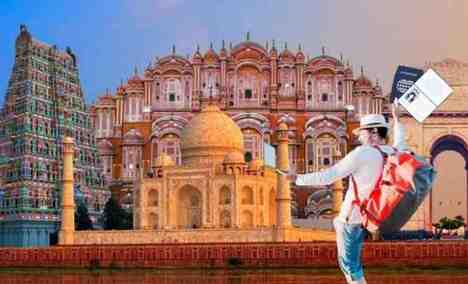












Leave a Comment ▼